Theatre, music, exhibitions, dance, events, sport and theme parks… everything close at hand (or in your pocket!) Are you already in Rome? Or are you planning your visit and you don’t want to miss the best events? When in Rome is a simple leaflet for easy reference that allows you to have an immediate glance at the events taking place in Rome from September to December 2016.
A selection of the events that you can’t really miss in Rome, listed in chronological order and according to the kind of event.
Further information
http://www.turismoroma.it/?lang=en
A selection of the events that you can’t really miss in Rome, listed in chronological order and according to the kind of event.
Further information
http://www.turismoroma.it/?lang=en

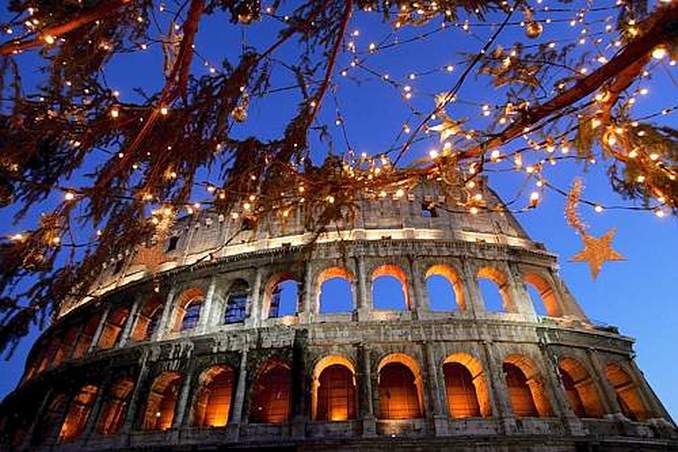
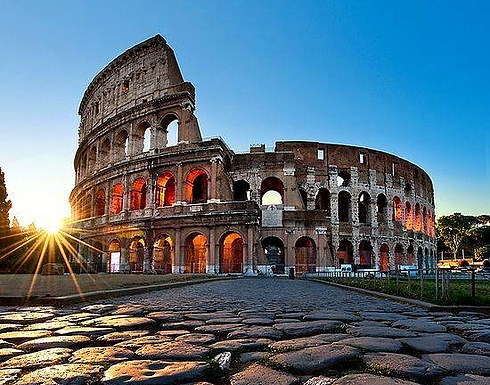
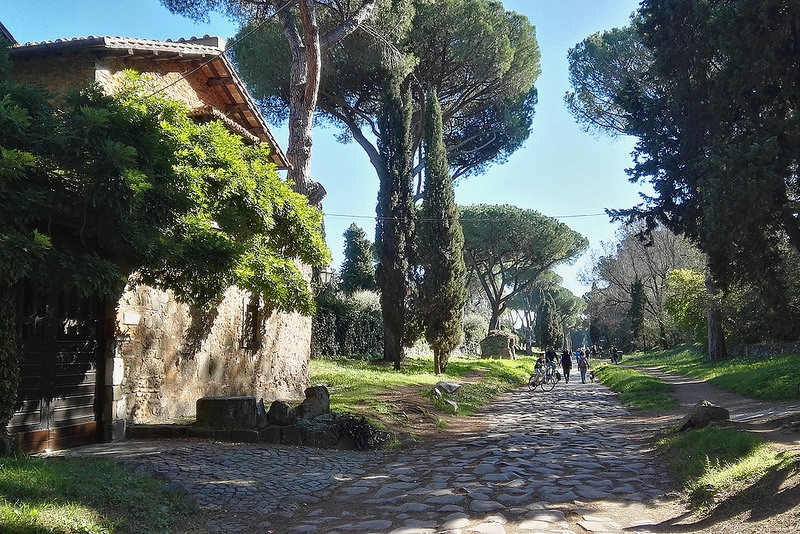
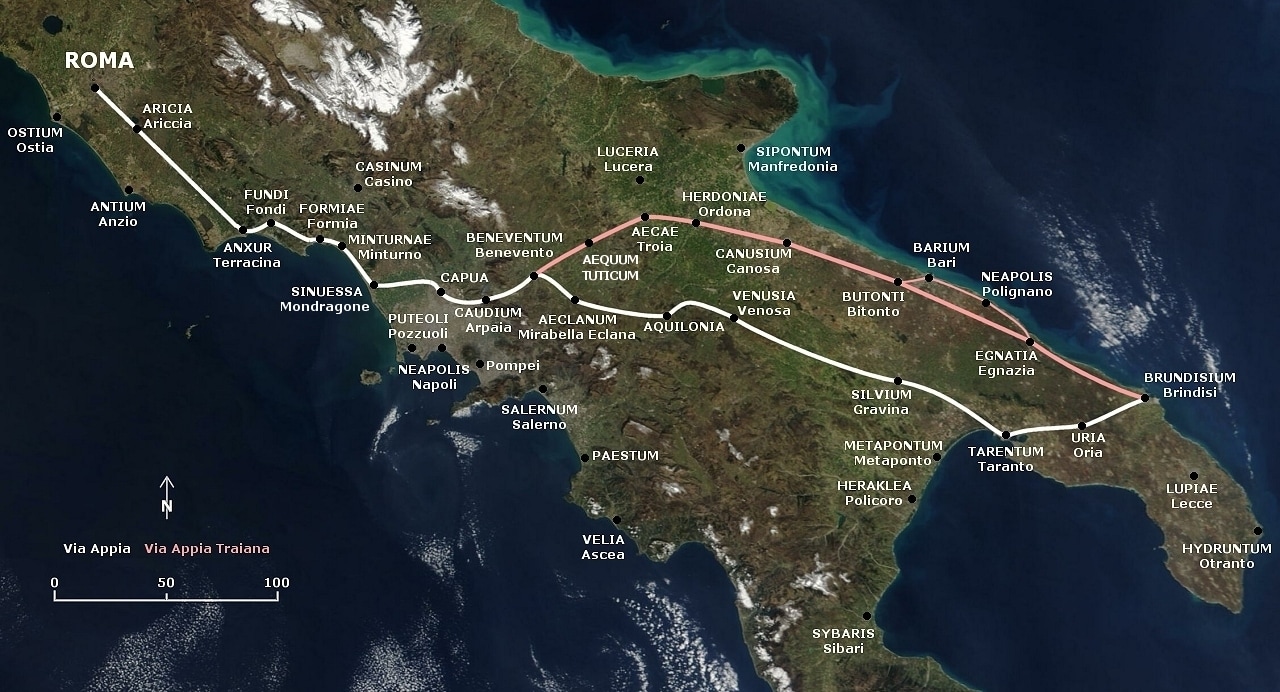
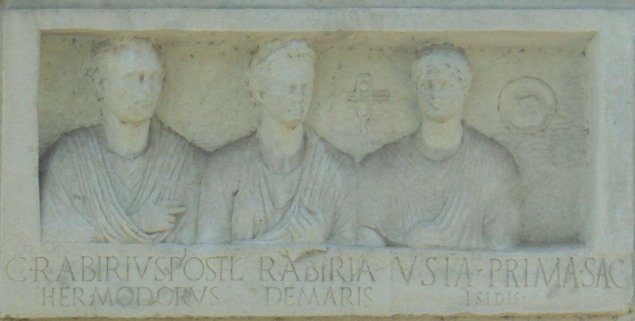
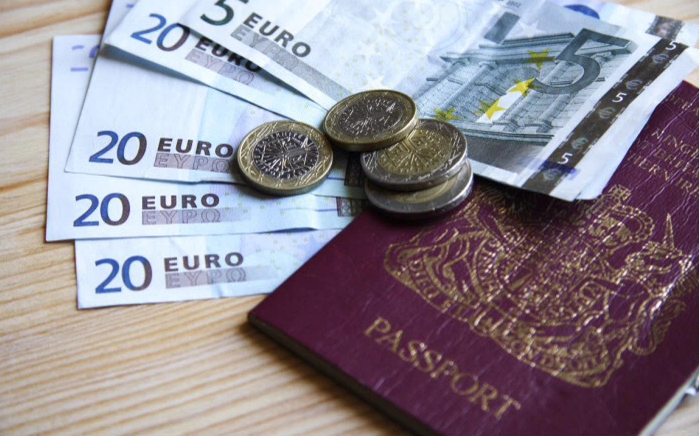

 RSS Feed
RSS Feed
